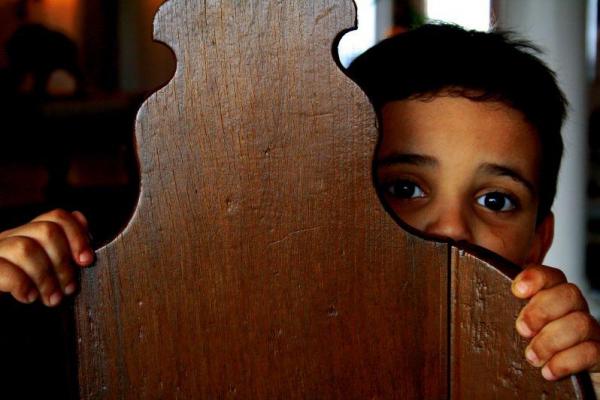
OAK BROOK, Ill., Oct. 25 (UPI) — Children with post-traumatic stress disorder experience disruptions within the neural networks in their brains, researchers concluded in a recent study.
According to scientists from the Radiological Society of North America, children are particularly vulnerable to the effects of PTSD. In a study scheduled to be published online in the journal Radiology, researchers from China conducted MRI scans on 47 children during an experiment they say can pave the way for potential new treatments.
Participants in the study had experienced the 2008 Sichuan earthquake, a natural disaster that led to the deaths of almost 70,000 people. Twenty-four of the 47 children were diagnosed with PTSD, while the remaining children had experienced trauma but were not diagnosed with the disorder. The study’s authors say they used diffusion tensor imaging to examine connectome structures in their brains.
“Generally speaking, the structural connectome and the functional connectome are based on different types of raw images, which may be used to investigate the brain’s abnormalities through different views,” lead author Qiyong Gong explained in a press release.
After the scans were complete, researchers observed significant differences between the PTSD and non-PTSD groups. The PTSD group demonstrated changes suggestive of decreased local and global network efficiency due to damage in the brain or disconnections between linked regions.
The research team described the brain patterns they observed in children with PTSD as a shift toward regularization. Normally, brains function as a small-world network, though the experimental group demonstrated a neural network that was far more localized, with signals traveling much farther to reach distant nodes.
“In a previous functional and current structural connectome study of the same patient group, we found a shift toward regularization in the brain networks of the PTSD patients relative to controls,” Gong added. “Thus, we speculate that this regularization process may be a general pattern of pediatric PTSD.”
Children can develop PTSD by living through a traumatic event that could have caused them or someone else to be killed or badly hurt. While the disorder is frequently associated with military personnel who experience war or combat, children develop PTSD through experiencing natural disasters, violent crimes or physical abuse.






